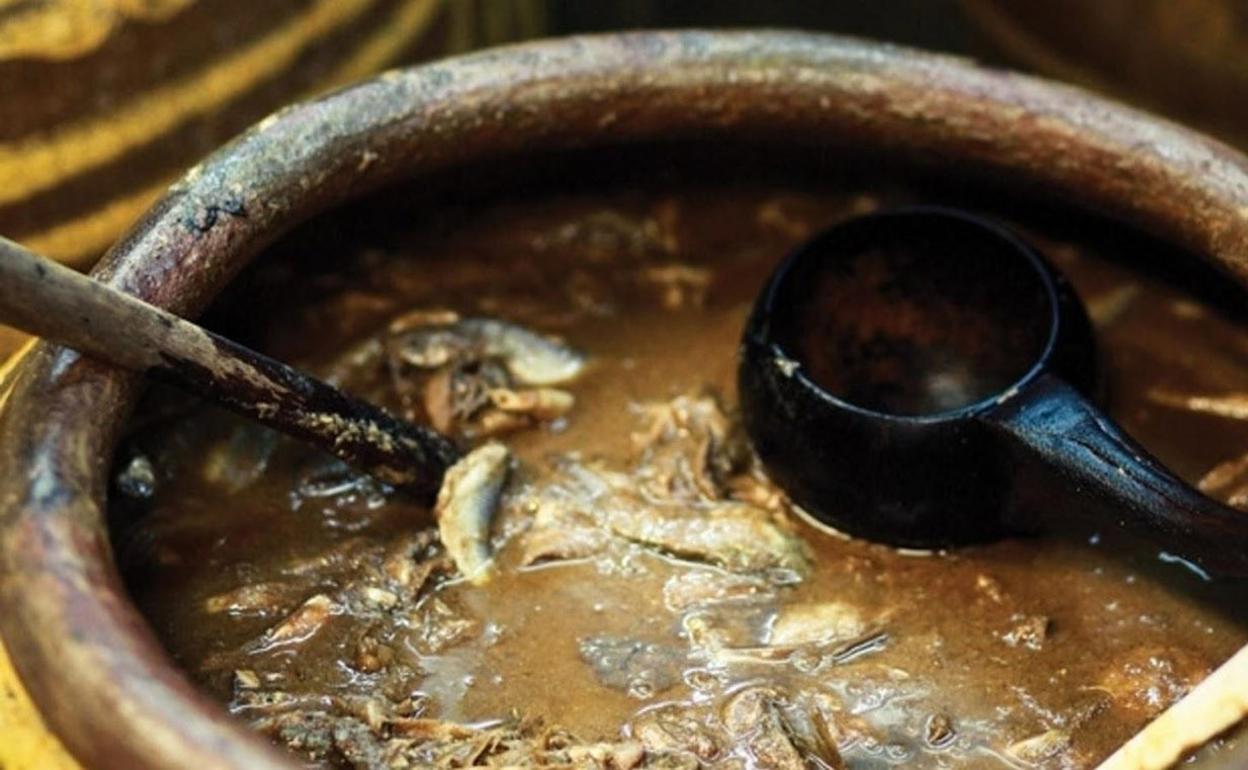
Garum, the ancient Roman fish sauce, might sound strange today, but it was a culinary staple back then. Made from fermented fish guts, it added a unique umami flavor to many dishes. Garum was so popular that it became a significant trade item across the Roman Empire. Wealthy Romans even had their own special recipes. This sauce wasn’t just for the rich; everyone used it, from emperors to commoners. Its production was a smelly process, often done in coastal towns. Despite its pungent smell, Garum was prized for its rich taste. Curious about more? Here are 27 fascinating facts about Garum.
What is Garum?
Garum, a fermented fish sauce, was a staple in ancient Roman cuisine. This savory condiment added depth and flavor to many dishes, much like soy sauce in Asian cooking. Let's dive into some fascinating facts about this ancient delicacy.
Origins of Garum
Garum has a rich history that dates back thousands of years. Here are some intriguing details about its origins:
- Ancient Roots: Garum originated in the Mediterranean region, particularly in ancient Greece and Rome.
- Greek Influence: The Greeks called it "garos," which later evolved into the Roman "garum."
- Phoenician Traders: Phoenician traders helped spread garum across the Mediterranean.
- Carthaginian Connection: Carthaginians, known for their seafaring skills, also played a role in garum's distribution.
How Garum Was Made
The process of making garum was both simple and complex. It required patience and the right ingredients:
- Fish and Salt: Garum was made by fermenting fish, usually small ones like anchovies, with salt.
- Fermentation Time: The mixture was left to ferment for several months, sometimes up to a year.
- Sunlight Exposure: Fermentation often took place in large vats exposed to sunlight.
- Straining the Liquid: After fermentation, the liquid was strained to separate the solid fish parts from the sauce.
Uses of Garum in Ancient Cuisine
Garum was a versatile ingredient in ancient kitchens. It added umami and depth to various dishes:
- Flavor Enhancer: Romans used garum to enhance the flavor of meats, vegetables, and even fruits.
- Condiment: It was commonly used as a condiment, much like modern-day ketchup or mustard.
- Cooking Ingredient: Garum was also used in cooking, added to stews, soups, and sauces.
- Medicinal Uses: Some believed garum had medicinal properties and used it to treat ailments.
Garum Production Centers
Certain regions became famous for their high-quality garum. These centers were known for their expertise in producing the best sauce:
- Baetica: The Roman province of Baetica (modern-day Spain) was renowned for its garum.
- Pompeii: Pompeii had several garum factories before the eruption of Mount Vesuvius.
- Carthago Nova: This ancient city (modern-day Cartagena, Spain) was another major production center.
- North Africa: Parts of North Africa, especially around Carthage, were also known for garum production.
Garum in Roman Society
Garum was more than just a condiment; it played a significant role in Roman society:
- Status Symbol: High-quality garum was a luxury item and a status symbol among the wealthy.
- Trade Commodity: Garum was a valuable trade commodity, exported across the Roman Empire.
- Economic Impact: The production and trade of garum contributed significantly to local economies.
- Cultural Significance: Garum was a part of Roman culinary culture, mentioned in literature and recipes.
Modern-Day Garum
While traditional garum is no longer produced, its legacy lives on in various forms:
- Fish Sauce: Modern fish sauces, like those used in Southeast Asian cuisine, are descendants of garum.
- Anchovy Paste: Anchovy paste, used in Mediterranean cooking, is similar to garum.
- Gourmet Revival: Some chefs and food enthusiasts are reviving garum recipes for gourmet cooking.
- Historical Interest: Garum continues to fascinate historians and food scholars.
Fun Facts About Garum
Here are some fun and quirky facts about garum that you might find interesting:
- Smelly Business: Garum production was notoriously smelly, often relegated to the outskirts of cities.
- Variety of Flavors: Different types of garum were made using various fish and flavorings.
- Ancient Recipes: Some ancient Roman cookbooks, like Apicius, contain recipes using garum.
Garum: A Flavorful Legacy
Garum's rich history and unique flavor have left a lasting impact on culinary traditions. This ancient Roman fish sauce, made from fermented fish and salt, was a staple in kitchens across the Roman Empire. Its popularity spanned centuries, influencing modern sauces like Worcestershire and Thai fish sauce. Garum's production methods, involving fermentation in the sun, highlight the ingenuity of ancient food preservation techniques. Despite its decline after the fall of the Roman Empire, garum's legacy lives on in contemporary cuisine. Chefs and food enthusiasts continue to explore its complex flavors, bringing a taste of history to modern dishes. Whether you're a history buff or a foodie, garum offers a fascinating glimpse into the culinary practices of the past. So next time you enjoy a savory sauce, remember the ancient roots that might just be adding that extra kick.
Was this page helpful?
Our commitment to delivering trustworthy and engaging content is at the heart of what we do. Each fact on our site is contributed by real users like you, bringing a wealth of diverse insights and information. To ensure the highest standards of accuracy and reliability, our dedicated editors meticulously review each submission. This process guarantees that the facts we share are not only fascinating but also credible. Trust in our commitment to quality and authenticity as you explore and learn with us.
